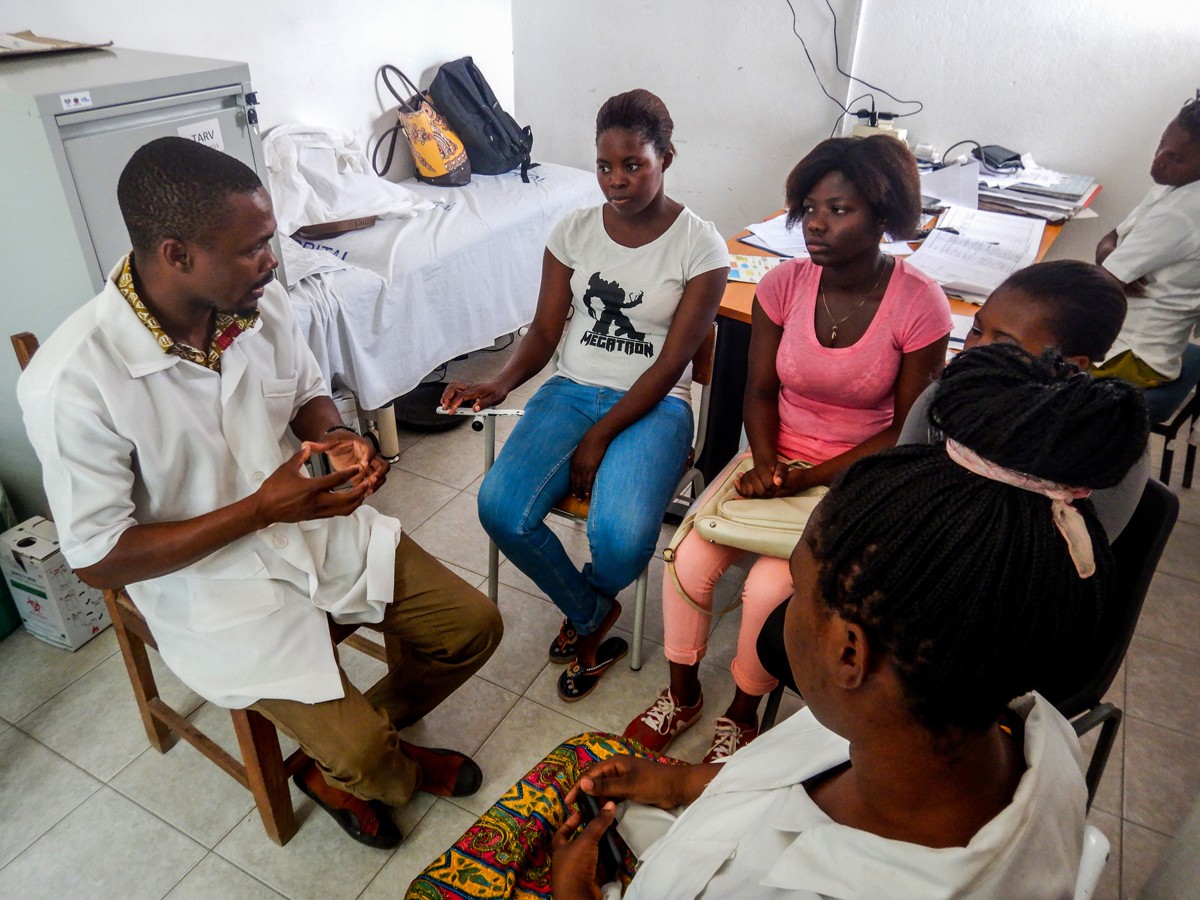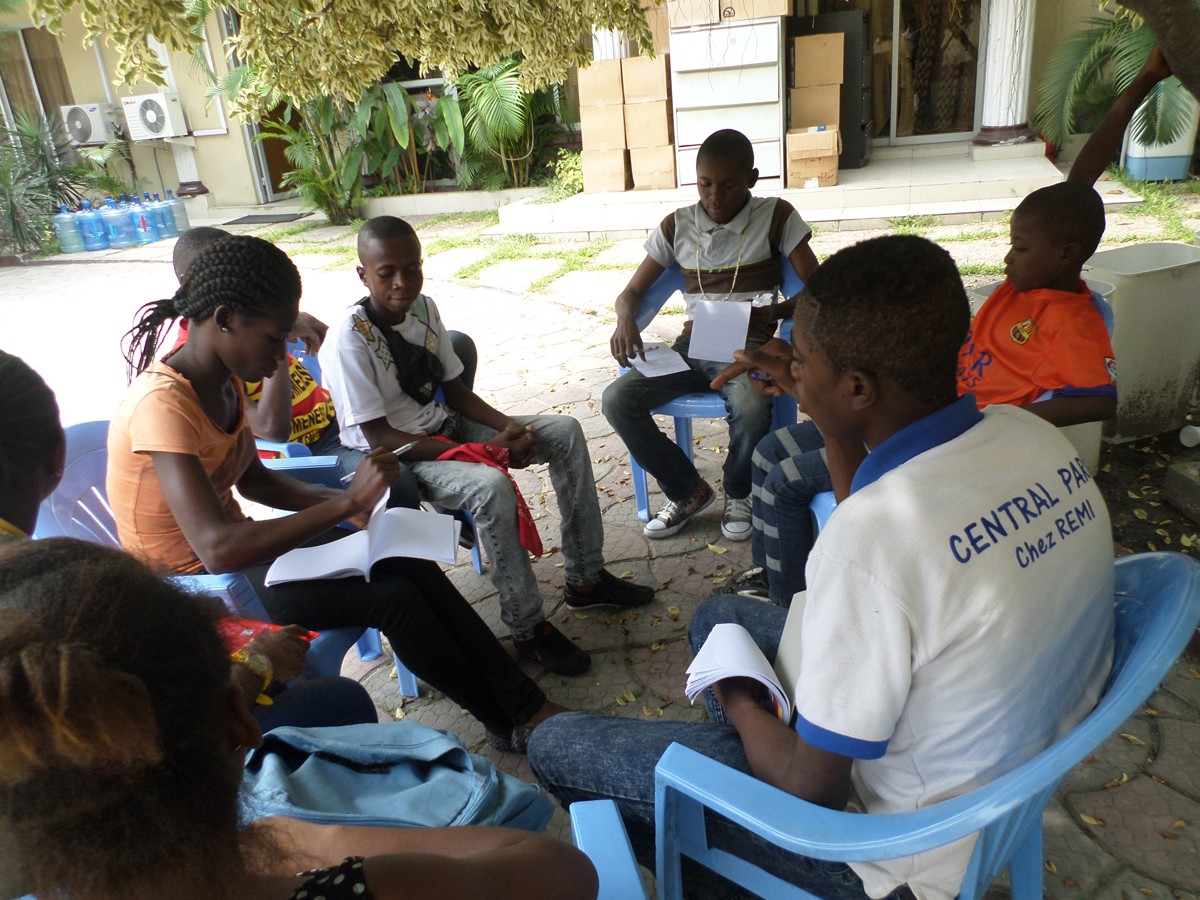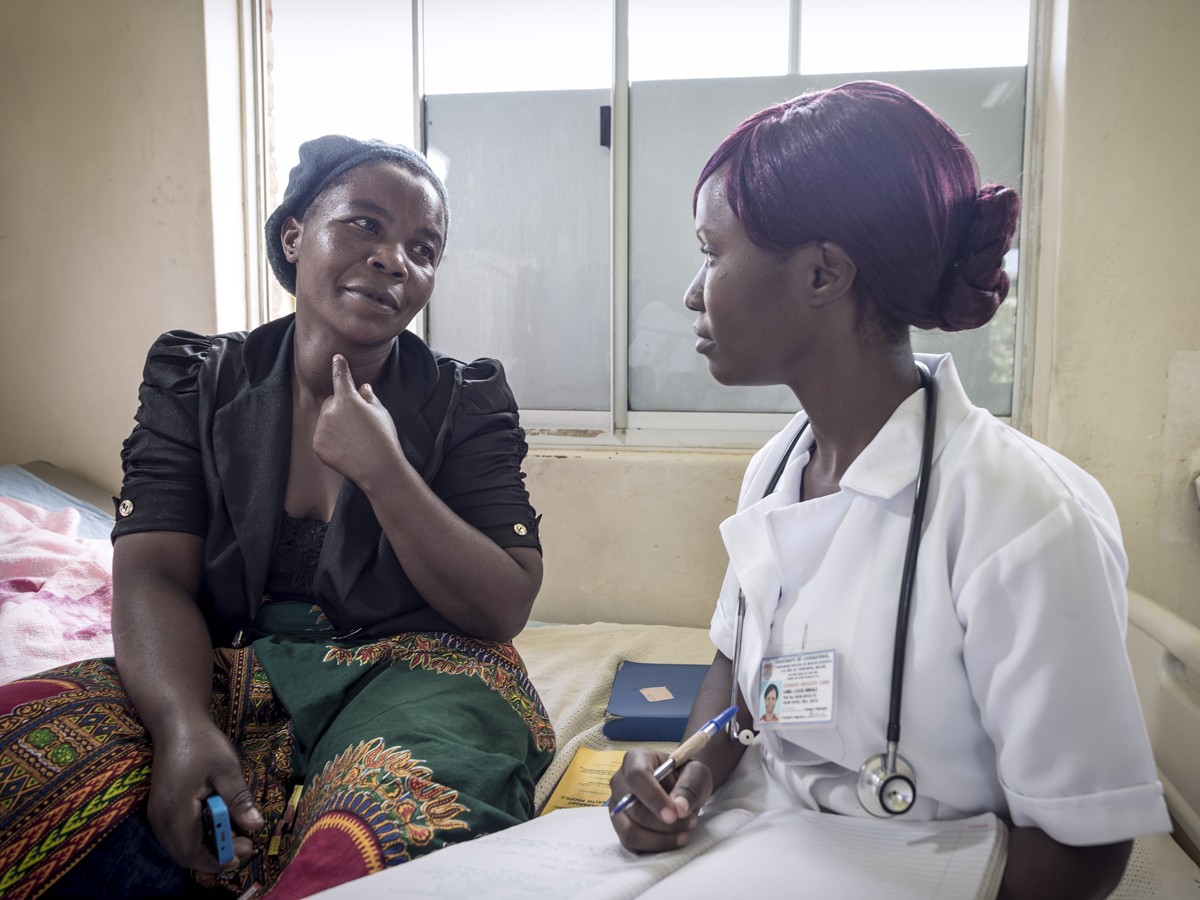Abstract:
The HIV epidemic in sub-Saharan Africa displays a varied geographical distribution, with particular regions termed as HIV hotspots due to a higher prevalence of infection. Addressing these hotspots is essential for controlling the epidemic. However, these regions, influenced by historical factors, challenge standard interventions. Legacy effects-the lasting impact of past events-play a substantial role in the persistence of these hotspots. To address this challenge of the standard interventions, we propose a shift towards the UNAIDS 95-95-95 targets. Spatial analysis of HIV viral load and antiretroviral therapy coverage can provide a more comprehensive perspective on the epidemic’s dynamics. Studies in Zambia and Zimbabwe, using this approach, have revealed disparities in HIV care metrics across regions. By focusing on the UNAIDS 95-95-95 targets, more effective control strategies can be designed, with consideration of both historical and current factors. This approach would offer a solution-oriented strategy, emphasising tailored interventions based on specific regional needs.








